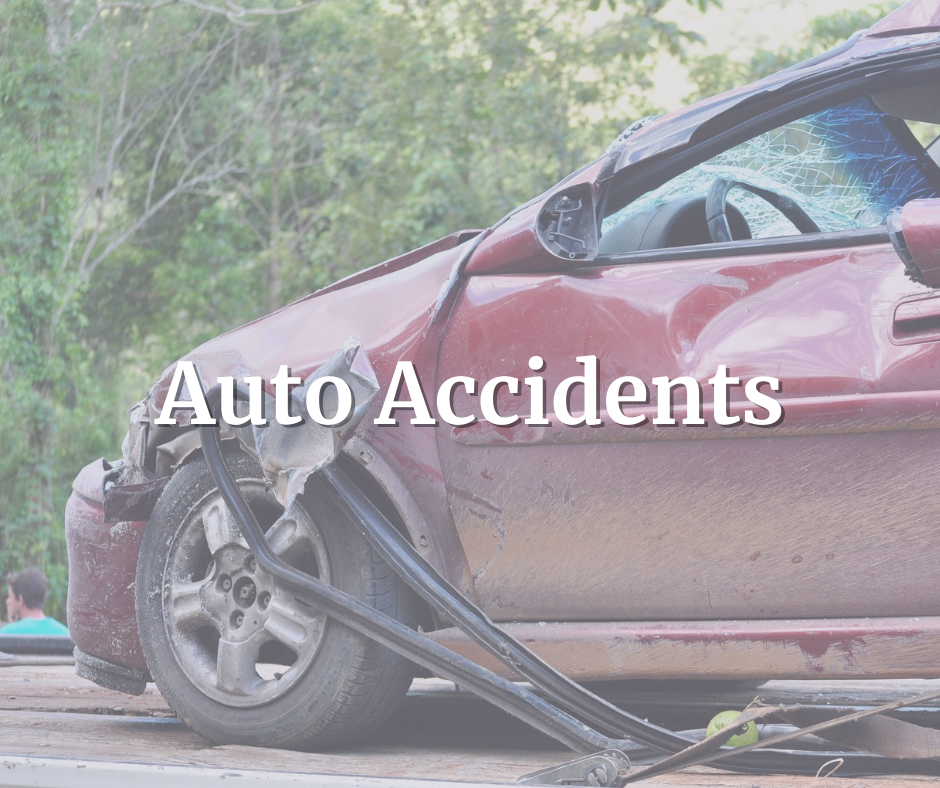Beginning Teenage Drivers
trippfirm / Posted on /
WHAT PARENTS OF TEENAGERS CAN DO – With or without a strong graduated licensing law, parents can establish effective rules. In particular:
Don’t Rely Solely on Driver Education
High school driver education may be the most convenient way to learn skills, but it doesn’t produce safer drivers. Poor skills aren’t always to blame. Teenagers’ attitudes and decision-making matter more. Young people tend to rebel, and some teens seek thrills like speeding. Training and education don’t change these tendencies. Peers are influential, but parents have much more influence than typically is credited to them.
Know the Law
Become familiar with restrictions on young drivers. Then enforce the restrictions.
Restrict Night Driving
Most young drivers’ nighttime fatal crashes occur between 9 p.m. and midnight, so teenagers shouldn’t be driving much later than 9. The problem isn’t just that such driving requires more skill behind the wheel. Late outings tend to be recreational, and even teens who usually follow the rules can be easily distracted or encouraged to take risks.
Restrict Passengers
Teenage passengers riding in a vehicle with a beginning driver can distract the driver and/or lead to greater risk-taking. About 6 of every 10 deaths of teenage passengers occur in crashes with teen drivers. While driving at night with passengers is particularly lethal, many of the fatal crashes involving teen passengers occur during the day. The best policy is to restrict teenage passengers, especially multiple teens, all the time.
Supervise Practice Driving
Take an active role in helping your teenager learn to drive. Plan a series of practice sessions that include a wide variety of situations, including night driving.
Give beginners time to work up to challenges like driving in heavy traffic or on the freeway. Continue to supervise practice driving by your teenager after graduation from a learner’s permit to a restricted or full license.
Remember That You’re a Role Model
New drivers learn a lot by example, so practice safe driving yourself. Teenagers who have crashes and violations often have parents with poor driving records.
Require Safety Belt Use
Don’t assume that belt use when you’re in the car with your 16 year-old means a safety belt will be used when your child is driving alone or out with peers. Insist on using safety belts all the time.
Prohibit Driving after Drinking Alcohol
Make it clear to your child that it’s illegal and highly dangerous for a teenager to drive after drinking alcohol or using any other drug. While alcohol isn’t a factor in most of the fatal crashes that involve 16-year-old drivers, even small amounts of alcohol are impairing for teenagers.
Choose Vehicles With Safety, Not Image, in Mind
Teens should drive vehicles that reduce their chances of crashing in the first place and then offer protection from injury in case they do crash. For example, small cars don’t offer the best occupant protection in case of a collision. Avoid vehicles with performance images that might encourage a teenager to speed. The best vehicle choice for your teenager, and for everyone else in your family, is one that’s equipped with the latest safety technology including side airbags that protect people’s heads and electronic stability control.




Leave a Reply